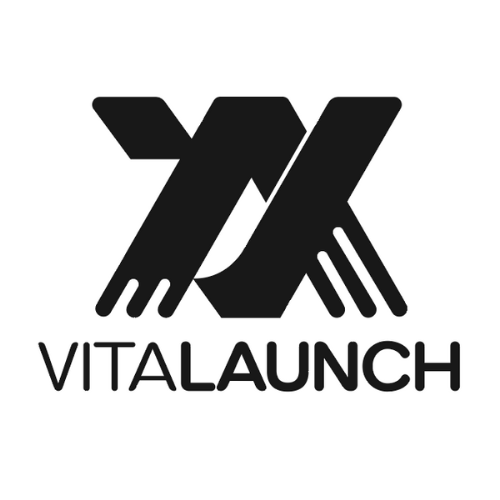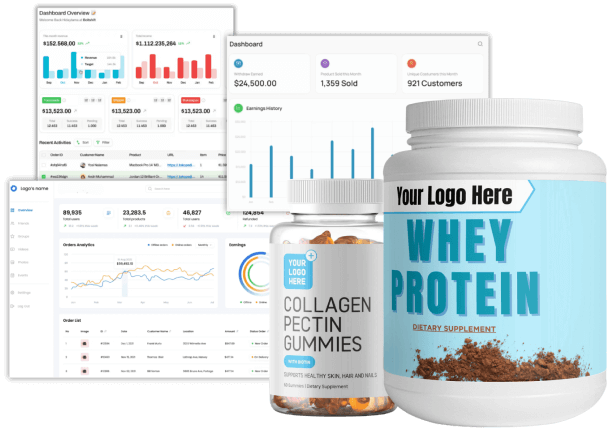
Unlocking Profit Potential: A Holistic Approach to Fulfillment Cost Analysis
Are you a forward-thinking entrepreneur keen on optimizing your business operations to amplify profitability? Understanding the intricacies of fulfillment cost per order is essential. By dissecting its components and employing strategic calculations, businesses can unlock avenues for optimization and elevate their bottom line.
In this comprehensive guide, we delve into the significance of fulfillment cost per order, break down its key components, and unveil a meticulous step-by-step methodology for precise calculation. Additionally, we explore cutting-edge tools and software tailored to streamline this process, empowering you to harness the power of data-driven decision-making.
Deciphering Fulfillment Cost Per Order: A Strategic Imperative Unraveling the complexities of fulfillment cost per order is pivotal for businesses aiming to navigate the competitive landscape with finesse. Let’s delve into the importance of this metric, dissect its foundational components, and unveil a roadmap for precise calculation.
Understanding the Strategic Imperative Fulfillment cost per order serves as a guiding beacon steering businesses toward operational excellence and financial prosperity. By meticulously analyzing this metric, businesses gain invaluable insights into the true expenses incurred throughout the order fulfillment process.
This holistic view empowers businesses to identify cost drivers, pinpoint areas for optimization, and make data-driven decisions to enhance efficiency and profitability.
Dissecting the Components At its core, fulfillment cost per order comprises a tapestry of interconnected components, each playing a pivotal role in shaping the overall expense profile. Let’s explore these components in detail:
- Warehousing Wisdom: Warehousing costs encompass a spectrum of expenses associated with inventory management and storage. From rent and utilities to equipment maintenance and insurance, every facet contributes to the overarching warehousing expenses.
By meticulously tracking these costs, businesses gain insights into the efficiency of their storage operations and can optimize inventory management strategies accordingly.
- Packaging and Shipping Savvy: Packaging and shipping costs encapsulate the expenses incurred in preparing products for shipment and delivering them to customers. This encompasses materials such as boxes, tape, and labels, as well as carrier fees and handling charges.
Analyzing these costs enables businesses to identify opportunities for cost-saving, negotiate favorable terms with shipping carriers, and enhance the overall customer experience through streamlined packaging and delivery processes.
- Labor Leverage: Labor costs constitute a significant portion of the fulfillment cost per order, encompassing wages, benefits, and associated expenses for fulfillment center personnel. From pickers and packers to shipping personnel, every role contributes to the labor cost equation.
By scrutinizing labor costs, businesses can assess workforce productivity, identify areas for process improvement, and implement targeted training programs to enhance operational efficiency.
- Returns Reckoning: Returns processing costs represent the expenses incurred in handling and processing returned items from customers. This includes restocking fees, labor costs for inspecting and restocking returned items, and any additional refurbishing or disposal expenses.
Understanding returns processing costs enables businesses to refine their return management processes, minimize returns, and mitigate associated expenses while preserving customer satisfaction and brand reputation.
Unveiling the Methodology: A Systematic Approach Now that we’ve dissected the foundational components, let’s embark on a systematic journey to calculate fulfillment cost per order with precision:
Step 01: Data Digestion: The first step entails gathering all pertinent data relating to warehousing costs, packaging and shipping costs, labor costs, and returns processing costs. This comprehensive data collection lays the foundation for accurate cost analysis and informed decision-making.
Step 02: Allocation Alchemy: With data in hand, proceed to allocate each cost to its respective component. Whether it’s warehousing expenses, packaging materials, or labor costs, meticulous allocation ensures a granular understanding of expenditure distribution.
Step 03: Total Cost Calculation: Summate the allocated costs across all components to derive the total fulfillment cost per order. This comprehensive figure serves as a beacon, guiding businesses toward operational optimization and profitability enhancement.
By following this systematic methodology, businesses can unlock valuable insights, identify cost-saving opportunities, and optimize their operational efficiency to drive sustainable growth and success.
Leveraging Technology: Tools and Software In an era characterized by technological innovation, leveraging cutting-edge tools and software can streamline the fulfillment cost analysis process. Here are some invaluable resources tailored to simplify this endeavor:
- Inventory Intelligence Systems: Robust inventory management systems such as ABC Inventory and Fishbowl offer comprehensive features to track and manage inventory-related costs. From warehousing expenses to labor costs, these systems provide actionable insights to enhance operational efficiency.
- Order Orchestration Platforms: Sophisticated order management systems like Orderhive and TradeGecko empower businesses to orchestrate seamless order fulfillment workflows. By integrating with inventory and shipping management systems, these platforms offer holistic visibility into the fulfillment process and associated costs.
- Shipping Solutions: Efficient shipping and delivery management systems such as ShipStation and Shippo streamline shipping processes and offer insights into shipping-related expenses. With features to compare carrier rates and automate label printing, these platforms optimize the packaging and shipping component of fulfillment cost per order.

